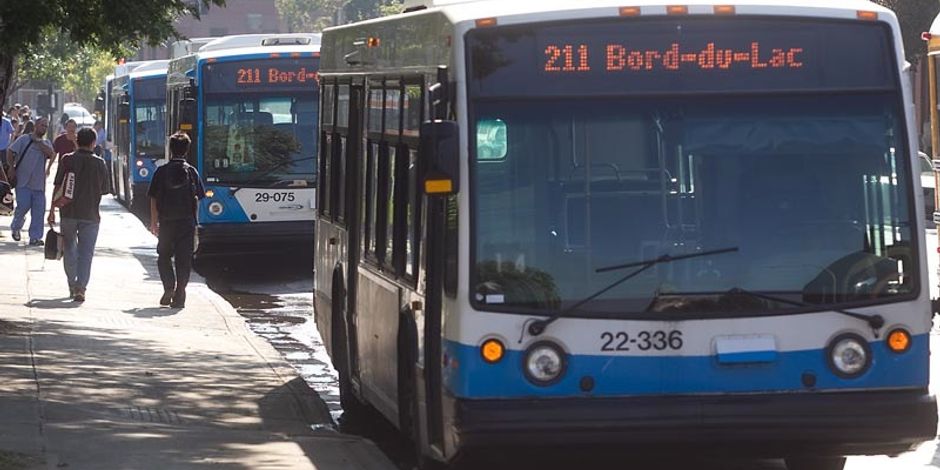A simple method to revolutionize bus transit

The bus comes late when you most needed. That's a fact of life. But when it finally comes bunched up with one, two, or three other buses, then its particularly annoying. What is worst is that all the people who are also waiting are going to slow down this bus further by boarding and alighting. This bus will probably arrive at the terminal station late, and start its next route late, followed closely by the other bunched up buses. The problem is that the schedule sends buses in packs.
Research has shown that on high frequency routes (12 minutes headways or less), passengers just go to the stations without using a schedule. Actually, passengers rely more and more on real time applications (OneBusAway, NextBus etc.) to plan their trips rather than paper schedule.
This raises two questions:
- What is the point of schedules on high frequency routes if they create bus bunching and if passengers don't use them?
- If passengers use real-time information to make better decisions on their trips and optimize their time, couldn't transit agencies do the same?
As part of my research at Georgia Tech, I have developed a method to control buses using real-time information that could replace schedules. The idea is to send buses at high frequency and at regular headway to minimize passenger waiting time. The method consists in holding buses at time-points to space out the headways and avoiding bus bunching. Operationally, tablets in the buses tell the operators when to drive and when to stop. I have tested the method in a computer simulation that replicated a typical high-frequency bus route and found that my method could cut passenger waiting time by half.
In a world where people are becoming multi-modal, connected, and aware of their environment, the concept of a static schedule becomes outdated. As elements of a system become able to communicate, a centralized control can make informed decision and improve the system performance.